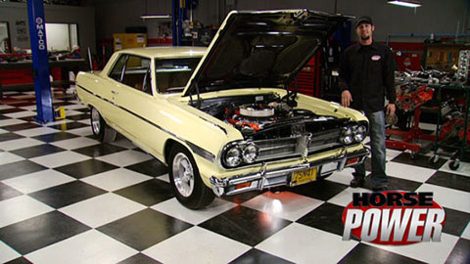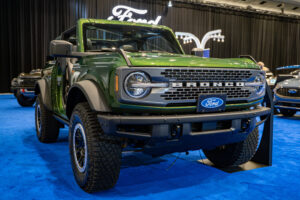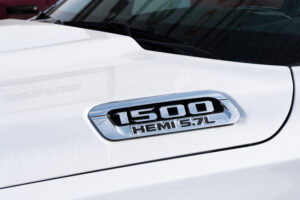HorsePower Builds
Want more content like this?
Join the PowerNation Email NewsletterParts Used In This Episode
[none]
Thundervolt 50 spark plug wire set for LS1.
ARP
Head studs, intake bolts, valley cover bolts, oil pan bolts, header stud kit, balancer bolt, flywheel bolts, cam retainer bolts, cam bolt kit.
Chevrolet Performance
LSX Bowtie block assembly.
Chevrolet Performance
LSX engine internals, valley cover, main bearings, 70 CC CNC cylinder heads, intake rocker arms, exhaust rocker arms, rocker arm bolts, pushrods, timing chain set, timing chain dampener, crankshaft bolt, flexplate, flywheel bolts, lifter kit, head gaskets, water pump, water pump bolts, water pump inlet, LS2 front cover, connecting rod bearings, harmonic balancer, intake manifold, stage three cam upgrade, Mahle pistons.
Doug's Headers
Header set for 67-69 F-body LS swap, ceramic coated.
MSD Ignition
6LS Ignition Controller.
Powerhouse Products
Gram scale for measuring lightweight objects or engine balancing.
Weiand
Aluminum EFI intake manifold for LS-1 engines































